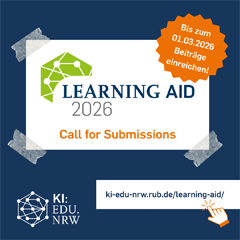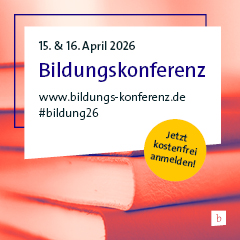Resilience as a Teachable and Learnable Skill
 Cambridge (UK), November 2021 - Empowering the effects of learning technologies, human capital development, and organisational development alongside transforming communities via international development projects have been the focus of Irina Matthews’s career and professional interests. Today she works as a Learning Services Coordinator for GÉANT Vereniging, a Dutch Association in the UK, and her subject at OEB Global is "Resilience as a Learnable and Teachable Skill for Individuals, Teams, and Organisations".
Cambridge (UK), November 2021 - Empowering the effects of learning technologies, human capital development, and organisational development alongside transforming communities via international development projects have been the focus of Irina Matthews’s career and professional interests. Today she works as a Learning Services Coordinator for GÉANT Vereniging, a Dutch Association in the UK, and her subject at OEB Global is "Resilience as a Learnable and Teachable Skill for Individuals, Teams, and Organisations".
The experience of the global pandemic has presented us with new types of challenges, compounded in many ways by the unprecedented pace of change.
The need to adapt to a multitude of changes happening in quick succession over a prolonged period of uncertainty has created a focus on our personal as well as organisational (and teams’) abilities and aptitudes to respond and adapt to the raised levels and pace of change.
The customary way to approach resilience is from the position of deficit (lack of ability, time, capacity) that is associated with adversity (e.g. facing traumatic life events), and the action implied is that of pushing back or standing up against challenges.
For many of us, the lockdown became an opportunity to take stock, review, and decide on actions looking forward.
So, what does it mean to be resilient? How can resilience levels be raised, and is there a way to keep these levels high akin to keeping water levels high to allow a stream or a river to flow despite whatever obstacles may arise in its course?
Our perceptions of resilience are very individual; however, what we have in common is the ability to learn and the fact that we are learning all the time at the conscious or unconscious levels. So, is it possible to make learning a resilience booster?
What to learn?
Resilience should be approached as a means of developing capabilities in order to grow adaptive capacity as embedded life practice, rather than something that appears on your radar because the capacity to absorb change is depleted.
Why start with "adaptive capacity?"
Have you ever been in a situation in which you have decided to start a new diet, join a yoga class, or take up running, but have not been able to see it through? Did this transform a (potentially) beneficial activity into a source of stress or pressure ("I should have done but I didn’t…") and engender a sense of guilt?
Sustainable change is defined by the availability of the capacity to accommodate this change; it may be a matter of self-discipline, but it can also be that you are simply exhausted to the limit? If this is the case, take a step back and check your energy levels.
How to learn?
Essentially, it is experiential learning (remember the Kolb learning cycle?), i.e. making sense of one’s own individual experiences that enables you to take action and make a change - no matter how minute this change might be.
What is different?
- Approaching resilience from the perspective of availability of adaptive capacity
- Using a set of “lenses” (perspectives) that enable taking the first steps by simply noticing (“What gives/drains my energy?”)
- Making use of skills to learn that we have to identify own resilience barriers and resilience enablers
- Viewing resilience as a dynamic state with lower and higher levels; being aware of levels and factors of impact allows the development of plasticity in absorbing change.
- Start wherever you are, jump in – you are not behind!
Who is it for? (the scope)
- For individuals pursuing individual goals in understanding their own concepts and levels of resilience and seeking ways to achieve higher levels of resilience
- For teams to explore the notion of an individual team’s resilience (what it looks like, the contribution of individual resilience levels, learning as a group: effectiveness and resilience, control and resilience)
- For organisations and services – organisational and strategic alignment to build business adaptive capacity
What is behind this approach?
Ten years of research have resulted in the Resilience Dynamic model and Resilience Engine - a set of practical, hands-on tools, as well as a team of dedicated and creative thinking coaching professionals.
By applying this approach as an educator or a coach, you will be contributing toward the development of our collective understanding of what makes us resilient and how to live busy lives without compromising our well-being.
How to deliver training?
Both Resilience Dynamic and Resilience Engine are proprietary concepts and tools. Therefore, to apply these professionally, it is critically important to undertake Resilience practitioner training and accreditation.
Delivered by a qualified educator or coach, resilience training can be offered in any format (face-to-face or virtually) on a one-to-one or group basis. The need to undertake accreditation does not preclude the use of other teaching or coaching tools, as well as creativity, innovation, or any forms of media and technology.










